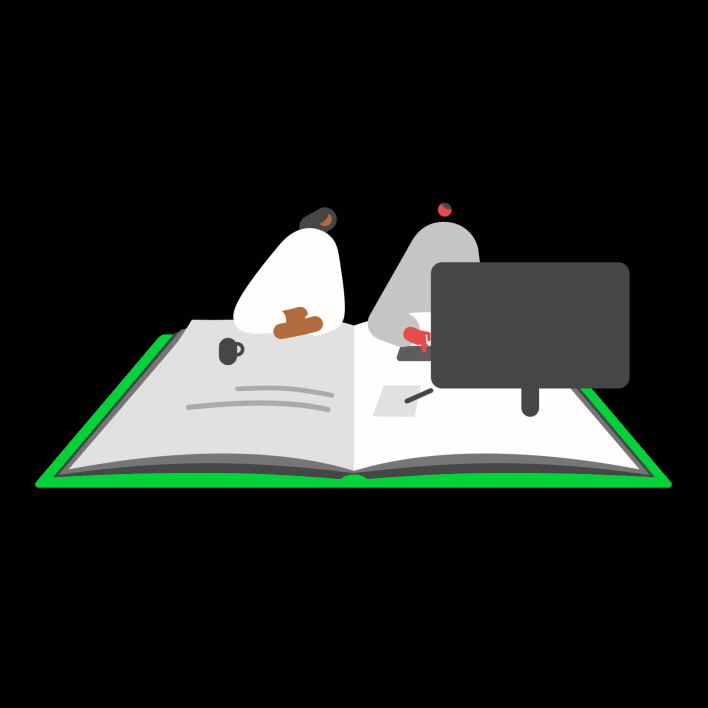Summary
Description
You can use the keyboard shortcuts to navigate and access options in the software quicker than switching between your mouse and the keyboard. Sage 50 Accounts includes shortcut key tips you can view by pressing your Alt key.
Accounts Desktop
The Menu bar
This is directly below the title bar and consists of separate menu headings each with its own set of options.
Press Alt, a letter appears next to the relevant menu. Press the letter for the menu you require. For example, to open the File menu, press Alt then F.
To access an option from an open menu, either:
- Use the arrow keypad to choose the relevant option then press Enter or
- Press the letter that appears next to the relevant option. For example, to open Backup, press Alt then F, then B
The toolbar
These are at the top of each module and display the options available for that module.
To open an option, press Alt, a letter or combination of letters appear next to the toolbar options. Press the letter or letters for the relevant module. For example, to open VAT Return from the VAT window, press Alt then R, then E.
The Navigation pane
This is on the left of the Accounts desktop and displays the modules available.
To open a module, press Alt, a number appears next to the module headings, press the number for the relevant module. For example, to open Nominal codes, press Alt then 9.
Module lists
In the module lists, you can jump to the required record using the keyboard. For example, Nominal codes, then press 3, then 2 in quick succession and nominal code 3200 selects.
 TIP: The record highlighted depends upon the current sort in the module. For example, if your customer list is sorted by the Name column, pressing the S key highlights the first customer whose name begins with S.
TIP: The record highlighted depends upon the current sort in the module. For example, if your customer list is sorted by the Name column, pressing the S key highlights the first customer whose name begins with S.
General navigation
Alt, then Letter or Number
Use these keys to either open options, where the letter or number appears next to the option. For example, to open the Tools menu, press Alt then T, or to open the support homepage press Alt then H, then A.
Tab key
Use the Tab key to jump between options within a window. For example, in a Customer record, use the Tab key to jump between fields.
Arrow keypad
Use the arrow keypad to scroll a list when highlighted. For example, on the customer list, use the arrow keypad to scroll between customers.
Space bar
Use the space bar when you are in one of the modules, and have highlighted the option you want to use. When you press the space bar, the selected item opens or activates.
Ctrl + Page Up, Ctrl + Page Down
Use these keys to open information windows accessible by tabs. For example, in the Customer, Supplier, Nominal and Product Record windows, use these keys to open the tabs associated with the record you’re viewing.
This also allows you to move through the tabs available on the invoice, sales order and purchase order entry windows.
Alt + F4
Use this to close the current window you have open.
Function Keys - F1 to F12
Save time using the function keys on your keyboard when using your software. You can:
- Speed up data entry
- Access options quicker
Upgrade your licence
Growing business? Add more companies, users, or employees to your licence with ease. Leave your details and we’ll be in touch.

